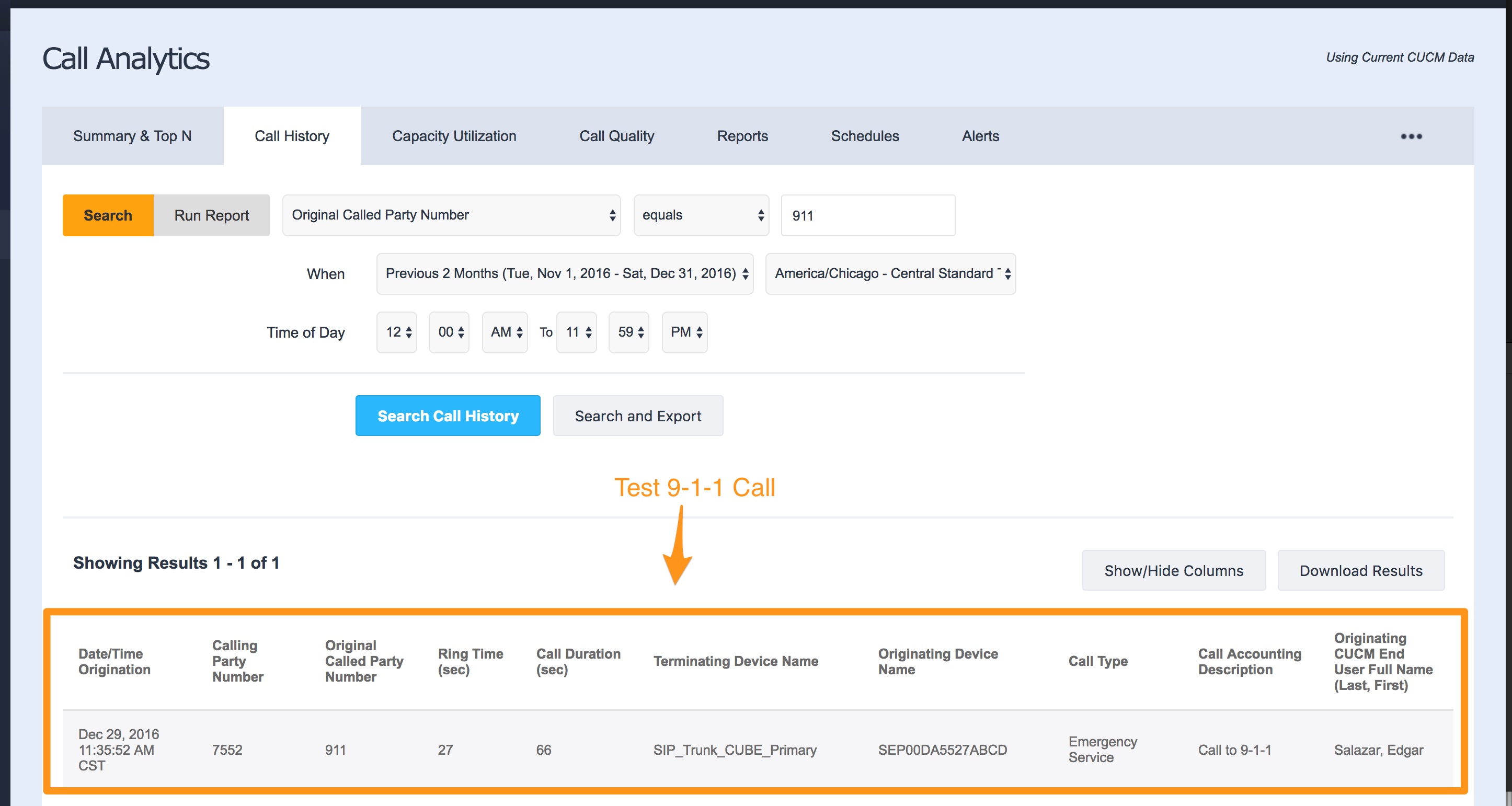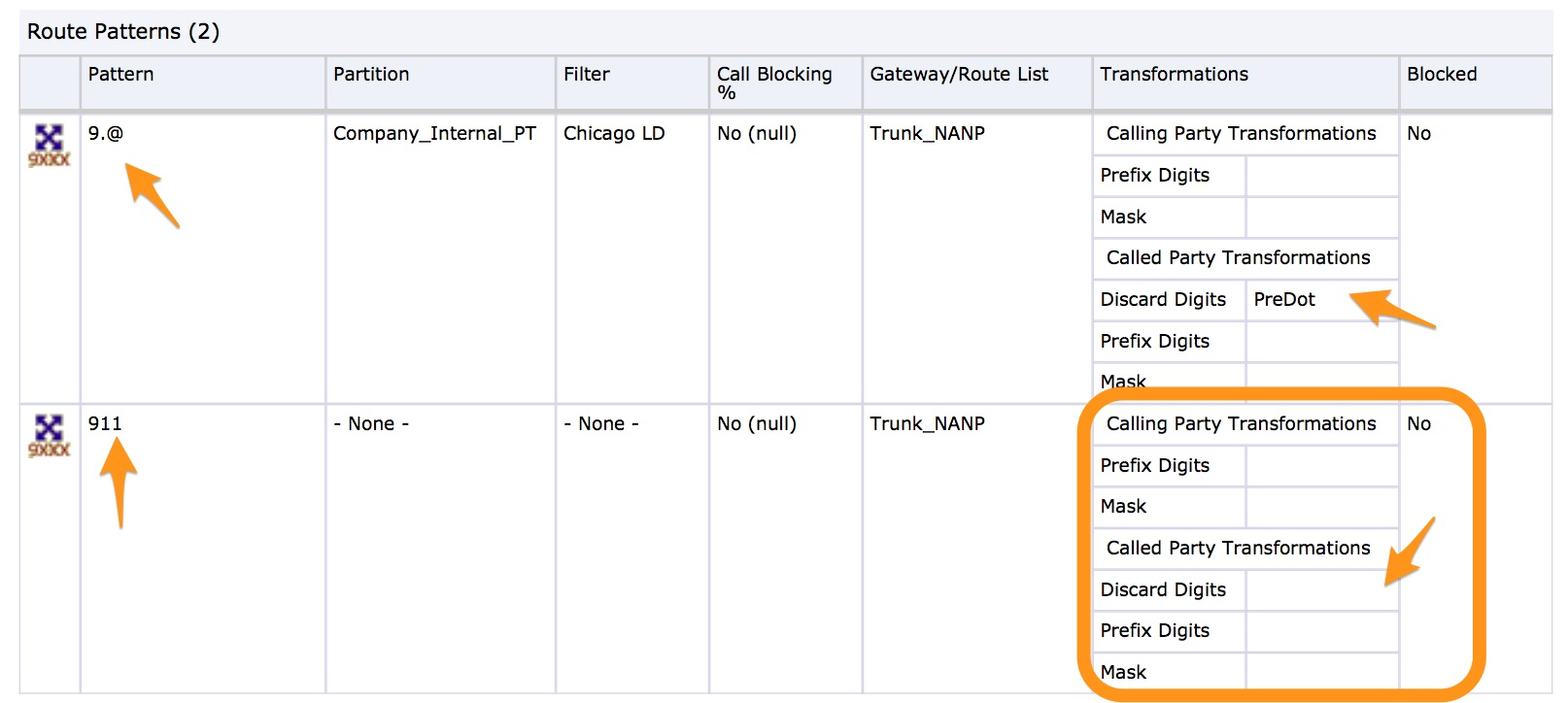On February 16th 2018 President Donald Trump signed into law H.R. 582 a legislation better known as Kari’s Law that requires that all emergency callers are able to dial 9-1-1 directly from phones associated with multi-line telephone systems (MLTS) commonly found in hotels, offices and other enterprises. (Yes, this applies to your Cisco CUCM Deployment).
What is Kari’s Law?
“This bill amends the Communications Act of 1934 to prohibit businesses from manufacturing or importing for use in the United States, or selling or leasing in the United States, a multi-line telephone system unless it is pre-configured to allow users to directly initiate a call to 9-1-1 (without dialing any additional digit, code, prefix, or post-fix, including any trunk-access code such as the digit “9”) from any station equipped with dialing facilities.”
More information can be found at: https://www.congress.gov/bill/115th-congress/house-bill/582
Confirm compliancy
We recommend you reach out to your system integrator or provider for additional details. However, the best way to confirm compliancy is with a test call.
How to test 9-1-1?
In many townships, especially major cities calling 9-1-1 for non-emergency situations (including 9-1-1 testing) is frowned upon. We recommend reaching out to the local NON-EMERGENCY hotline first and explaining your intent to test. Usually, you will be put in contact with the 9-1-1 Dispatch Administrator or Shift Supervisor who can help you coordinate a testing time.
During your testing time:
- From a phone within your enterprise system Dial 9-1-1
- Quickly and clearly Announce that your call is NOT an emergency and that you are testing 9-1-1 services.
- Reaching the 9-1-1 operator/dispatcher is first part of your testing. However, use this time wisely and ask the operator/dispatcher to confirm:
-
- The phone number you are calling from.
- The location you are dialing from.
This helps to identify any discrepancies with your Caller Identification information. If there are any mismatches reach out to your system integrator or provider for help in identifying the issue and quickly resolving it.
Keep a record
Corporate, State or Federal regulations require many organizations and enterprises to keep Call Detail Records (CDR) for a determined set of time. These records contain the communications transmission details for calls within a phone system. There are many uses for CDR including assisting businesses with call reporting and billing, however, CDR can sometimes be useful during litigation. With Variphy you can keep as much or as little CDR as your business requires, these records will contain all calls to emergency services (9-1-1) and can help you prove compliancy as well as document emergency call testing.
Sample 911 Call in Variphy:

Sample Route Pattern Configuration generated with Variphy:

Remember: People’s lives and safety may depend upon your compliance.
Not complying may expose you and your company to unnecessary potential liability.
Variphy UC Tools & Analytics is trusted and used by thousands of organizations & Cisco Unified Communications/Collaboration engineers